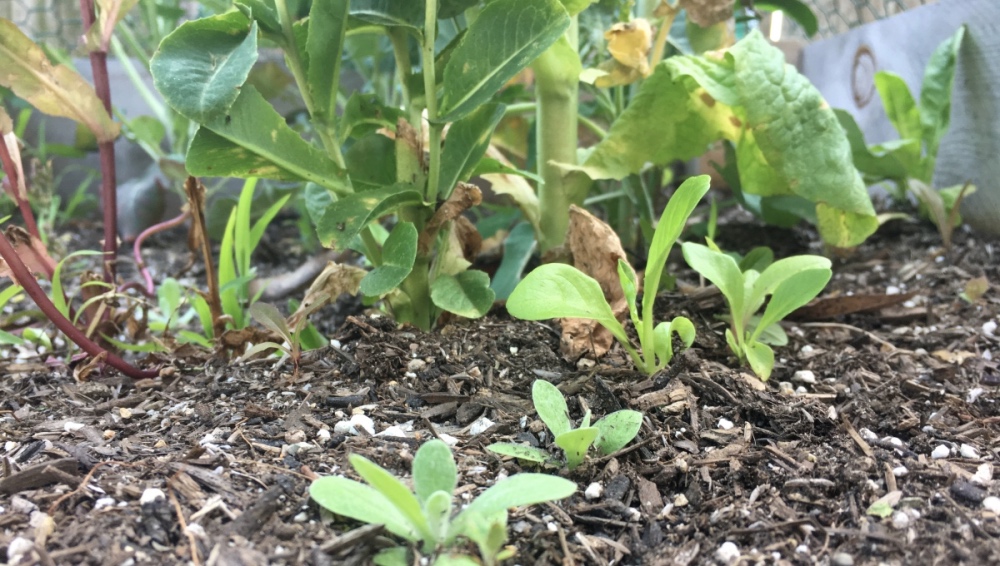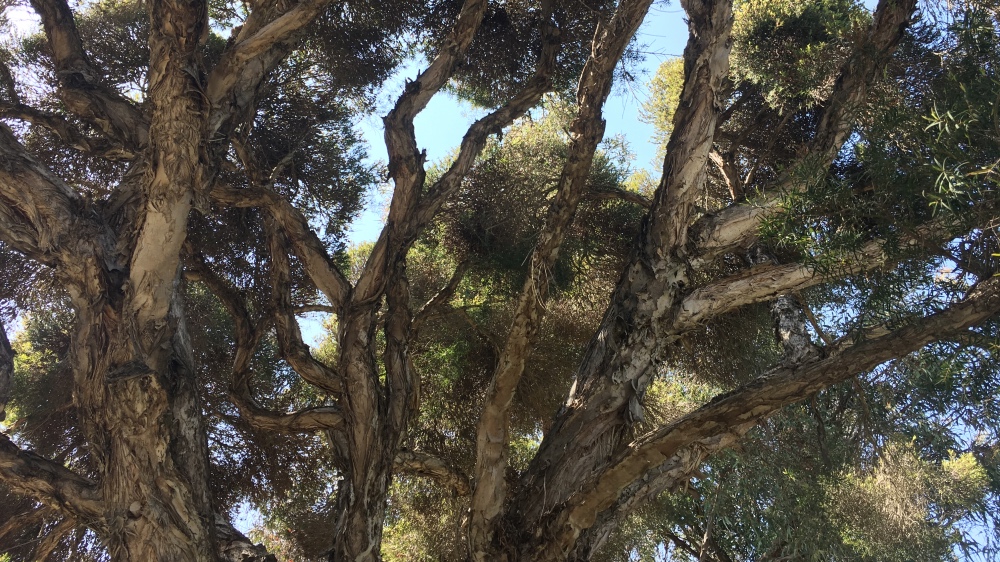Native Forests are not only some of the most biodiverse systems, they are also some of the biggest carbon sinks on the planet. Trees store carbon not only aboveground in biomass but also below ground in the soil. To mitigate global warming we have to stop deforestation. But what about the forest we have already lost, can we re-grow it?
You can try and replant cleared forests but protecting those young saplings from the elements and ants is vital. It’s a hugely labor-intensive process that is too costly to carry out.
http://www.bbc.com/future/story/20190301-this-biodegradable-planter-could-help-save-forests
Bruno and Pedro Rutman, two brothers from Brazil, think we can replant native forest. The BBC highlights their ingenious invention, Nucleário. It is a device to regrow forest without the need for human maintenance.

It is made from biodegradable materials that decompose after three years. In the first three years of the seedling’s growth, Nucleário protects it from ants and weeds, and provides captured rainwater.
What I like most about the idea is that it’s a complete system for rainwater capture, sapling protection, and it’s made out of biodegradable material.
Right now prototypes are being tested all over Brazil, and Bruno and Pedro plan to have the product on the market in 6 months. I’m looking forward to updates as they go into production, let’s hope they are successful in regrowing native forests.
Sign up for weekly inspiration right in your inbox



